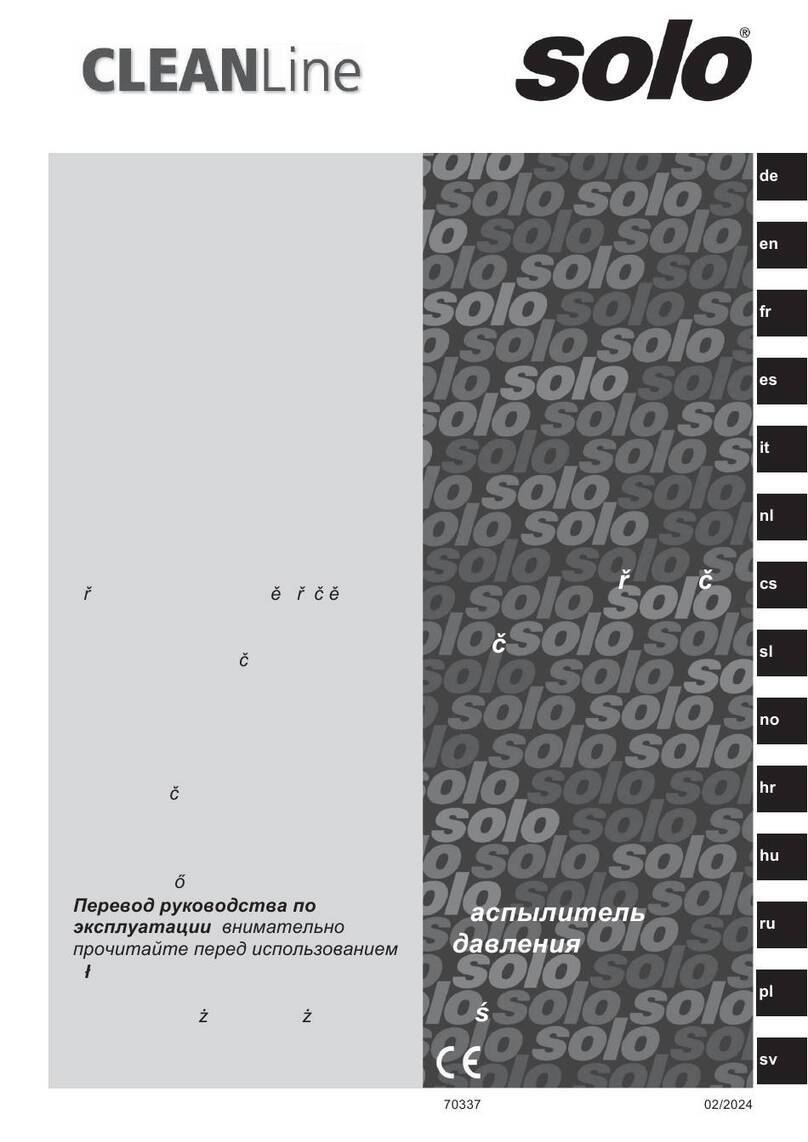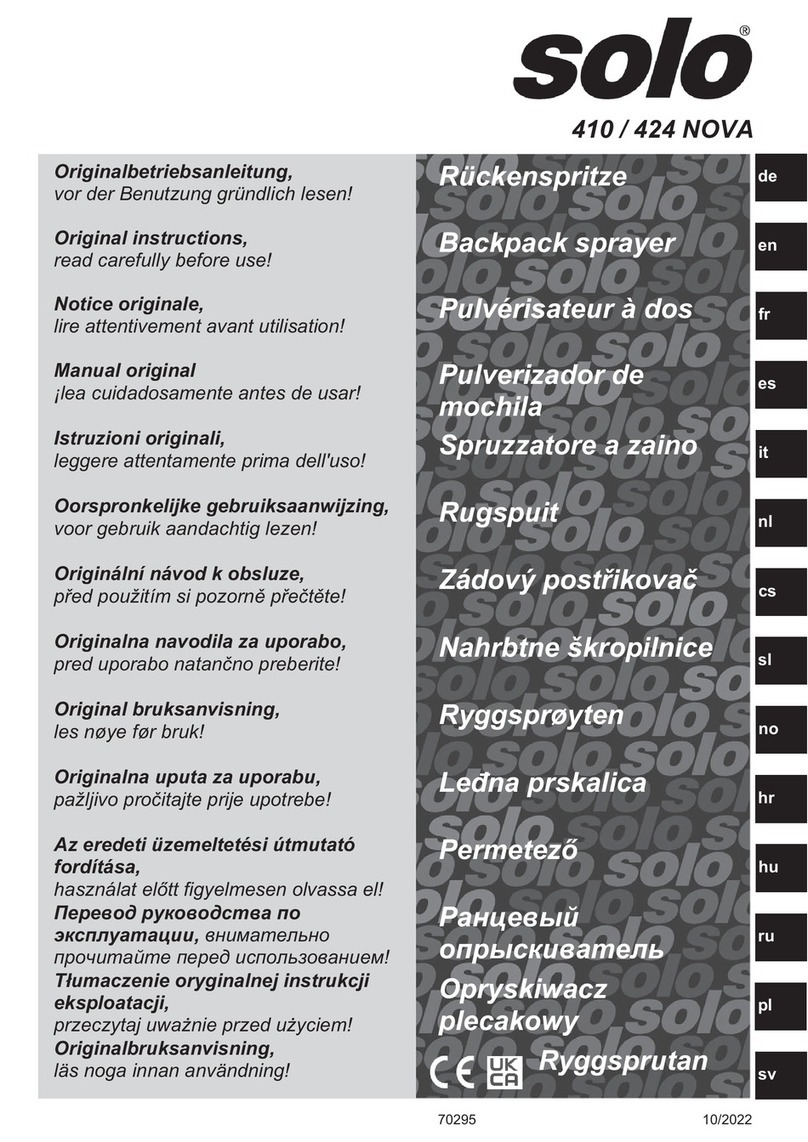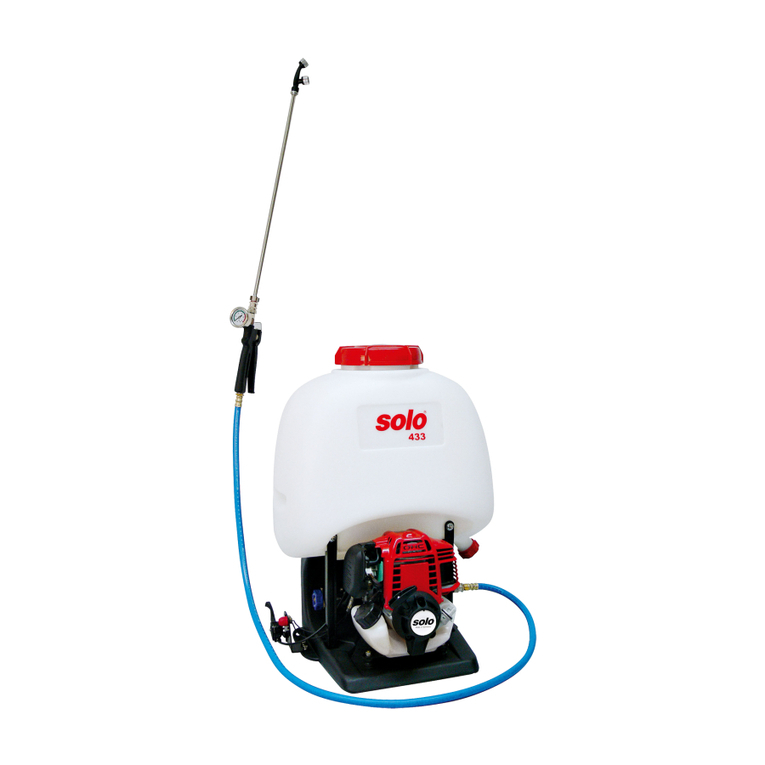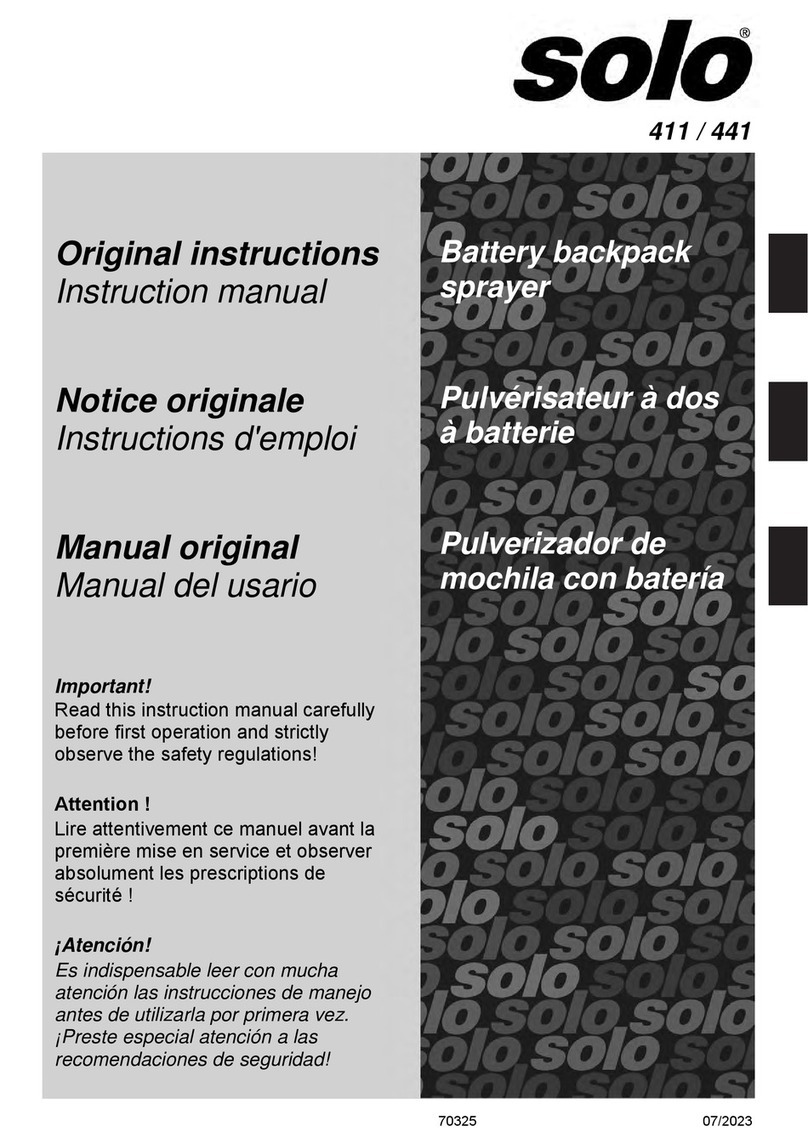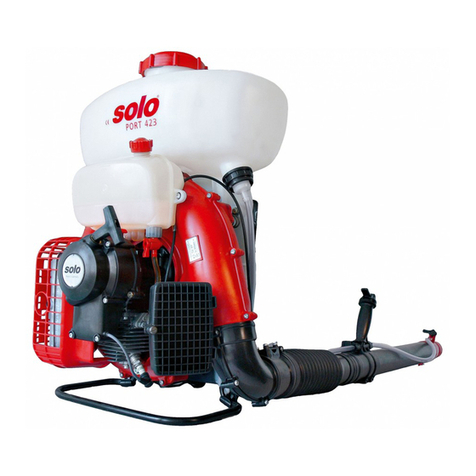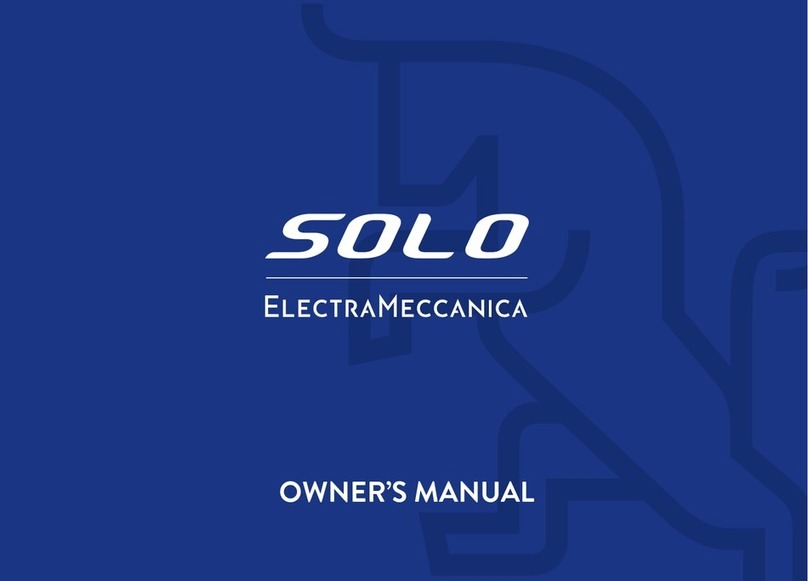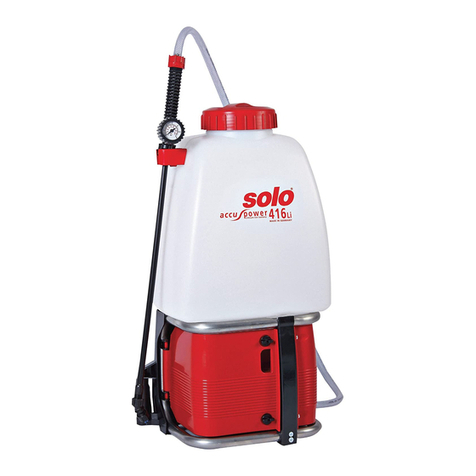
ENGLISH 2
5 Safety provisions
5.1 Intended use / applications
The foam sprayer must only be used to apply the
cleaning agents and disinfectants described below
that are suitable for foaming.
Strictly observe the guide lines provided by the
chemical manufacturer.
The foam sprayer of the model series A
- type 309 FA (FKM seals) is suitable for
application of acidic to pH-neutral spraying agents
in the pH range of 1 – 7
The foam sprayer of the model series B
- type 309 FB (EPDM seals) is suitable for
application of pH-neutral to alkaline spraying
agents in the pH range of 7 – 14
The pressure sprayer must not be used for all
purposes not named above, such as
- spraying of paints
- distribution of
* flammable liquids
* sticky, residue-forming agents
* surfactants
* fluids with temperatures
above 40 C [104 °F]
* agents not intended for distribution by
foam sprayers
and
- storage of fluids!
5.2 General safety notes
Read the original instructions before first use and
keep it in a safe place.
Non-observation of information provided in these
original instructions may potentially be fatal; the
user is liable for any damage, direct or
consequential, caused by this.
The original instructions must be kept on hand at
the site of use of the sprayer at all times.
It must be read by all who are charged with any
work with and on the device (including for
maintenance, care and repair).
xHave safe use shown and explained to you by a
SOLO specialist vendor.
xPersons under the age of 18 must only work
under supervision with this sprayer.
xKeep persons and animals away from the
working area. Never spray in the direction of any
persons, animals or objects that could be hurt or
damaged.
xThis sprayer must only be passed on to persons
who are familiar with this model, its operation
and the original instructions.
xIf you work with this sprayer, you should be
physically fit, rested and healthy.
xDo not use the sprayer while under the influence
of alcohol, drugs or medication.
xNever make any changes to existing safety
provisions and operating parts.
xOnly use the sprayer when it is operationally
safe to do so. Check the sprayer before every
use according to chap. 6.2.
xReplace damaged parts without delay. Only use
SOLO genuine spare parts.
xOnly use factory approved accessories and
attachments for this sprayer.
xEmpty and clean the sprayer according to the
information in chap. 9.2 for this. Prevent
unauthorised access to the machine.
5.3 Safe handling of spraying liquids
xFollow suitable procedures and use collection
containers to prevent any contamination of the
environment, the public waterways and/or storm
water systems from chemical agents and
cleaners. This can happen while mixing, filling,
using, emptying, cleaning or during transport.
xAlways collect chemical spray liquids and
cleaners (including residues) in suitable
containers and return them to collection points
specified by the municipal administration.
xIn case of skin or eye contact, rinse or flush the
affected body parts with plenty of clean water.
Seek medical advice without delay.
xContaminated clothing should be changed at
once.
xNever eat or drink while handling spray liquids
xIf you feel nauseous during work, or if you are
excessively fatigued, stop working at once. If the
condition persists, seek medical advice without
delay.
xNever permit children or persons work with or
handle spraying liquids if they are not familiar
with these substances.
xNever fill different spray solutions into the spray
tank.
xWhen changing the spray solution, clean the
spray tank and all parts that come in contact with
the spray solution. Operate the sprayer with
clear water first before filling the spray tank with
the different spray solution.
xAt the end of work, empty and clean the sprayer
according to chap. 9.2, clean your face and
hands thoroughly, take off work clothing and
wash it regularly.
5.4 When transporting the sprayer
xThe device must be securely strapped down
when transported on vehicles.
xPrevent leakages of spraying agents. The liquid
tank of the sprayer and all liquid carrying hoses
must be inspected regularly for leaks.




